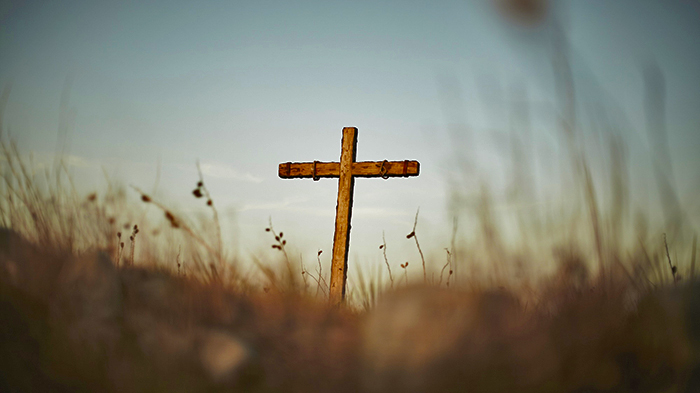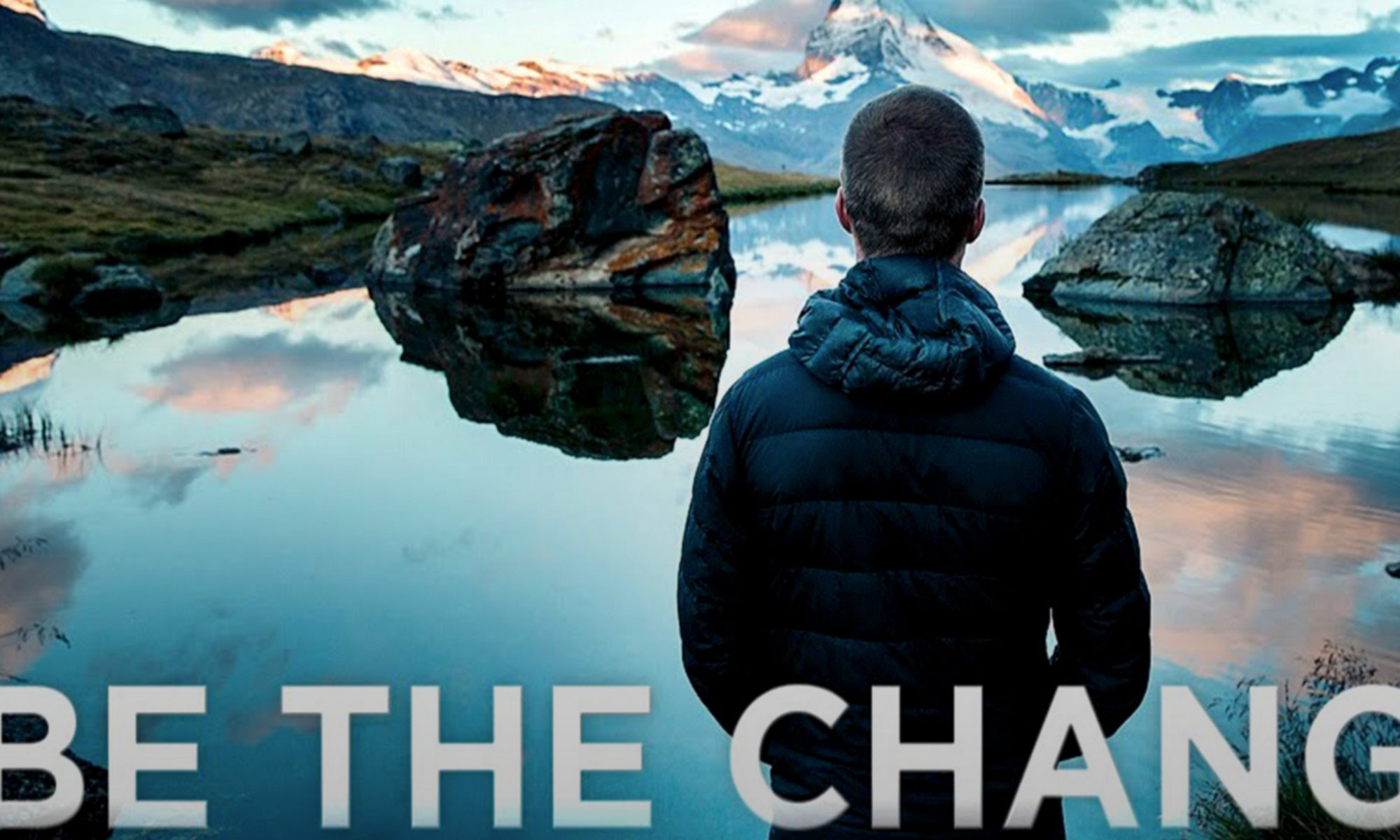
In one of his dialogues with the Congregation for the Doctrine of the Faith in Rome, Pierre Teilhard de Chardin was once asked: “What are you trying to do?” His answer was something to this effect: I’m trying to write a Christology that is large enough to include the full Christ because Christ isn’t just a divine savior sent to save people; Christ is also a structure within the physical universe, a path of salvation for the Earth itself: “He is the image of the invisible God, the first-born of all creation, for in him all things were created in heaven and on Earth; everything visible and everything invisible … all things were created through him and for him. He exists before all things and in him all things hold together ” (Col 1:15-18). Fr. Ron Rolheiser writes that physical creation itself was somehow created through Christ, that Christ holds it together, and that Christ gives it an eternal future. The mystery of Christ is not just about saving us, the people on this planet, but also about saving the planet itself. Incorporating this into our understanding has enormous consequences for understanding our planet, Earth, and other religions. If all things were created through Christ and for Christ, then our planet, Earth, and all physical creation have value in themselves and not just in relation to us. Unless we understand the mystery of Christ as deeper and wider than what we can see visibly and historically, this quandary will invariably lead us to either abandon Jesus’ teaching about being normative or lead us into an exclusivity that goes against God’s universal will for salvation. All things have to do with Christ, whether we realize it or not, and all authentic worship leads to the Father, whether we can see this or not.
